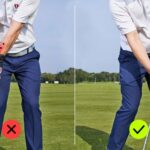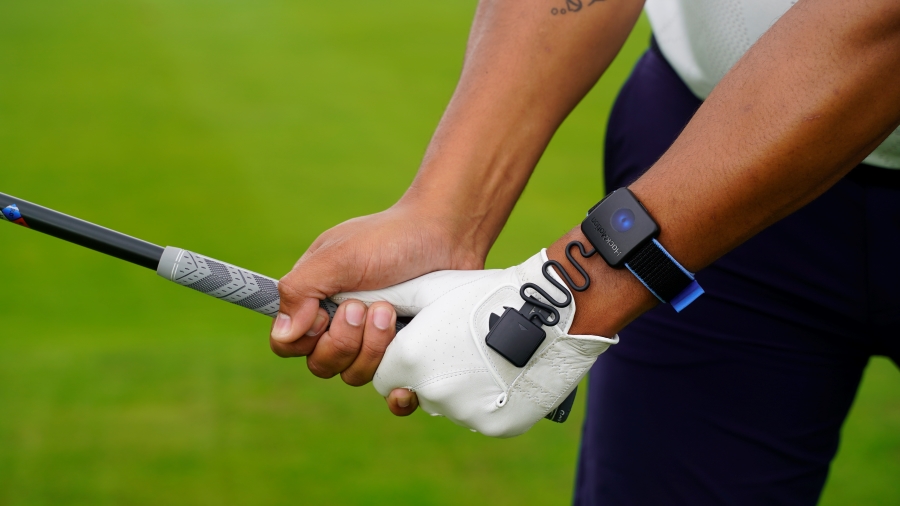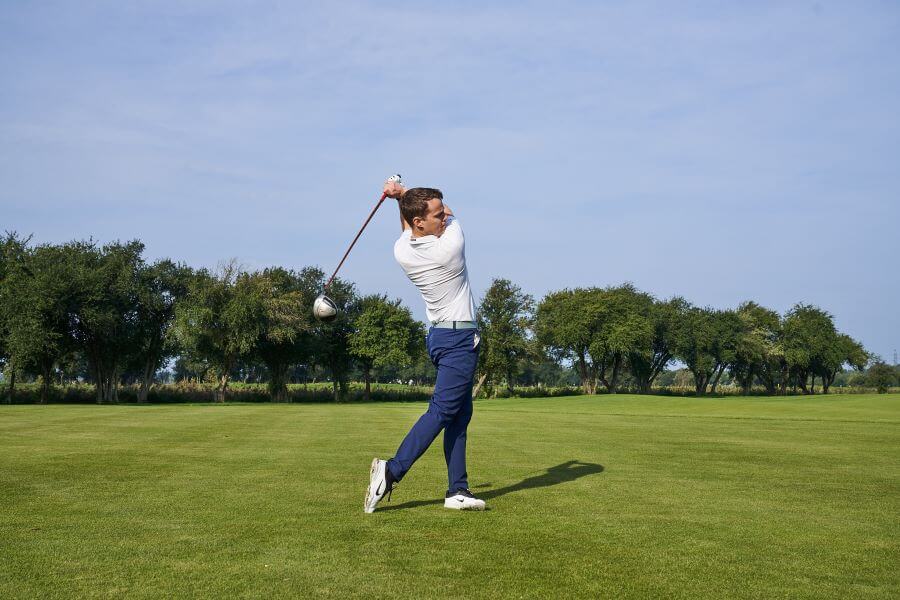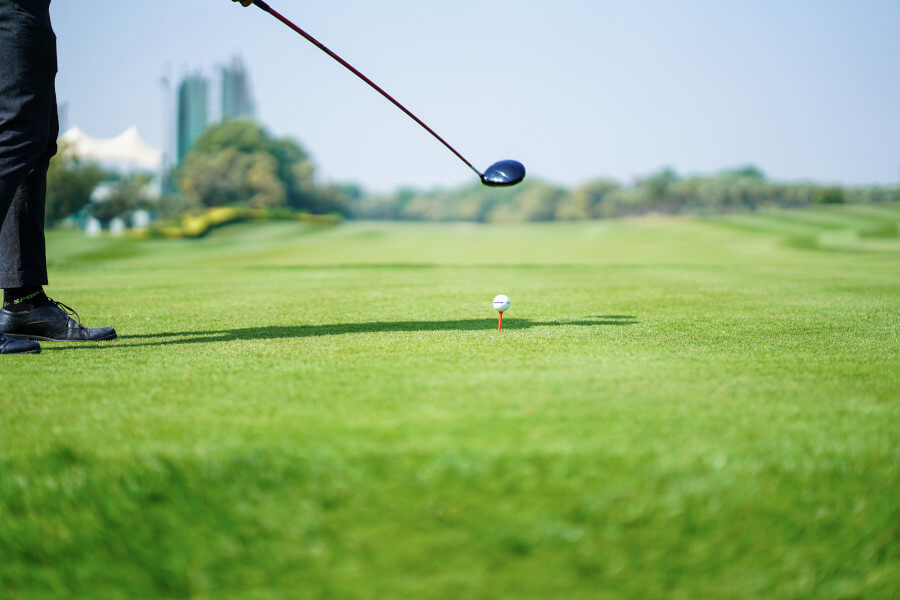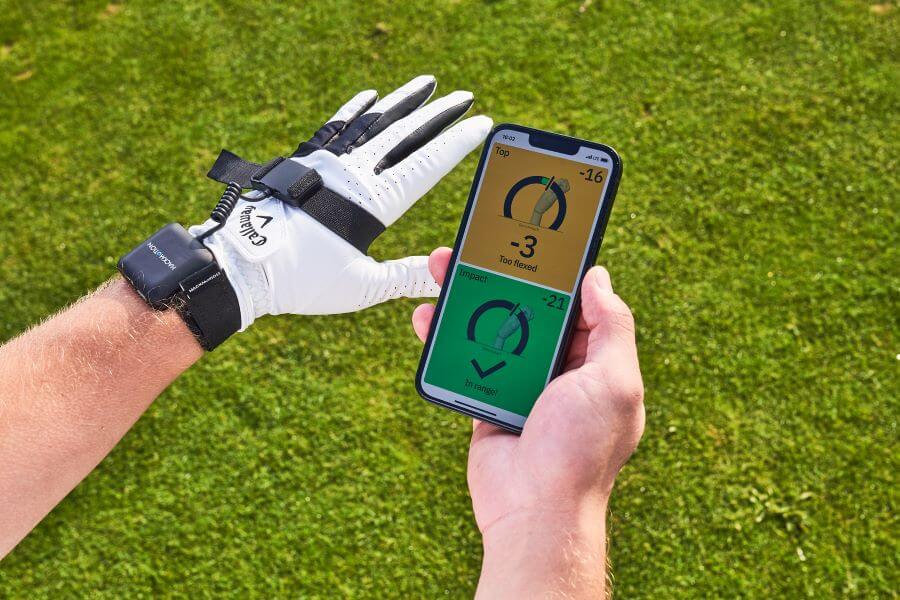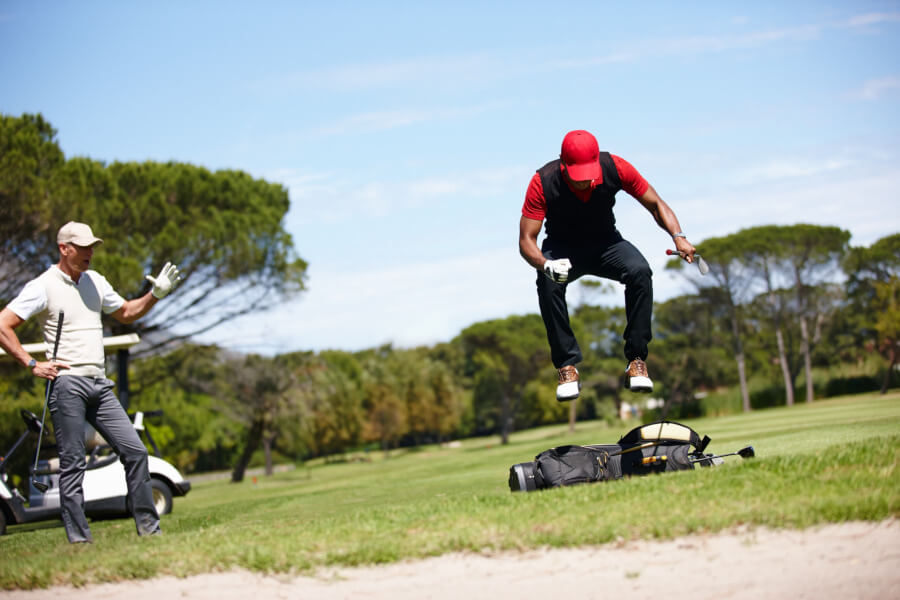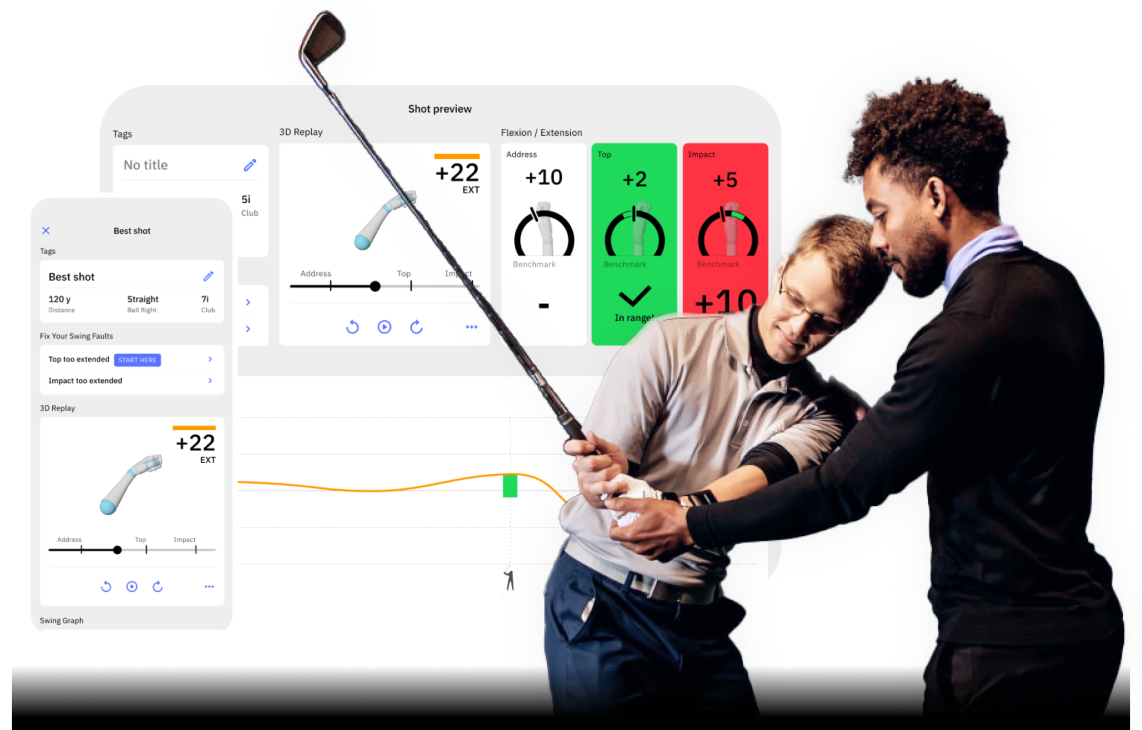Iron Distance Chart: Average Iron Distances by Handicap + Drills to Add More Yards
Every golfer wonders how far they should hit their irons. It’s one of the most searched questions in the game, and for good reason. Distance is one of the clearest benchmarks of progress.
Two players can both shoot 75 and have completely different 7-iron numbers but golf is easier when you can hit the ball far. Consistency in your strike and how efficiently you deliver loft at impact are important factors.
Below, you’ll find a general reference chart for iron distances across different skill levels, followed by the most effective drills to help you add distance the right way.
Average Iron Distances (Key Takeaways)
- Most golfers see about 10–12 yards of gap between each iron..
- Dynamic loft, not club speed alone, determines how far your irons fly.
- Too much lead wrist extension at impact adds loft and loses distance.
- More flexion and shaft lean = stronger compression and extra carry.
- You can use HackMotion to measure and train these changes directly.
Contents
Average Iron Distance Chart by Handicap
These distances are based on typical on-course averages, assuming solid contact and standard lofts. Your personal numbers will vary depending on swing speed, quality of strike, and the lofts of your irons.
| Iron | Low Handicap (Scratch–5) | Mid Handicap (6–15) | High Handicap (16+) |
|---|---|---|---|
| 4-Iron | 190–205 yds | 170–185 yds | 150–165 yds |
| 5-Iron | 180–195 | 160–175 | 140–155 |
| 6-Iron | 170–185 | 150–165 | 130–145 |
| 7-Iron | 160–175 | 140–155 | 120–135 |
| 8-Iron | 150–165 | 130–145 | 110–125 |
| 9-Iron | 140–155 | 120–135 | 100–115 |
| PW | 125–140 | 110–125 | 90–105 |
Why Golfers Lose Iron Distance
One of the most common misses for average golfers is to come up short on their iron shots. When your iron shots start flying shorter than usual, it’s rarely just a strength or speed issue.
Most of the time, the problem is efficiency at impact and how you deliver the club into the ball.
Here are the main distance killers we see when reviewing HackMotion swing data:
- Lead wrist extension at impact: Adds loft and turns a 7-iron into a weak 8-iron.
- Early release or casting: Dumps stored energy before the ball, producing high-spin, short shots.
- Poor low-point control: Fat or thin strikes rob you of compression and speed.
- Open face through impact: Reduces distance and leads to weak fades or slices.
Learn more about these faults in our full guide: Golf Swing Distance Killers.
How to Add Distance to Your Iron Shots
If you’ve ever tried to add distance to your iron shots by muscling the club or swinging as fast as you can, the results were likely less than favorable. To add distance to your iron shots, you should work on efficiency.
By controlling your wrist angles, sequence, and low point, you can deliver more energy into the ball without changing your overall effort level.
1. Improve Dynamic Loft (Compress the Ball)
The lower your dynamic loft, the more compressed and powerful your strike will be. Most golfers add too much loft by flipping the wrists through impact.
Dynamic loft is the loft that you actually hit your golf ball with, not the loft written on the golf club.
How to Fix It:
- Focus on maintaining lead wrist flexion (bowing) through impact.
- Feel like your hands stay slightly ahead of the ball at contact.
- Use HackMotion to check your flexion trend from the top to impact – more bowing = stronger compression.
HackMotion Motorcycle Drill – Step by Step
- Set up to the ball and swing to the top.
- Pause and feel like you’re “revving a motorcycle” — bowing your lead wrist slightly.
- Continue through impact while maintaining that bowed feel.
- Notice how the ball launches lower with more solid contact.
2. Control Low Point
If your club bottoms out behind the ball, you’ll lose both distance and consistency. Better players control the low point by shifting pressure forward and keeping their hands leading at impact.
How to Fix It:
- Feel your weight move into the lead side before impact.
- Strike the ball first, then the turf.
- Track wrist motion with HackMotion a more flexed lead wrist shifts the low point forward.
Low Point Control Drill – Step by Step
- Draw a line on the turf or mat.
- Make half swings, brushing the turf just in front of the line.
- Gradually increase to full swings while maintaining the same pattern.
- Work on hitting shots and controlling the low point.
3. Sequence the Downswing Better
Early casting or “throwing” the club from the top wastes power and leads to glancing contact.
If you feel like you’re in a good position at the top but you just can’t generate the distance in your irons that you should, you may be casting.
A better downswing keeps the wrists loaded longer before release.
How to Fix It:
- Let the lower body start the downswing.
- Keep the trail wrist bent back (extended) as you shift pressure left.
- The goal is to release the club through the ball, not before it.
HackMotion No Casting Drill – Step by Step
- Swing to the top and pause.
- As you start down, hold the angle in your wrists while shifting toward the target.
- Keep the trail wrist bent until your hands reach your trail thigh.
- Check to make sure you are in the green on the HackMotion app.
- Then allow the club to release naturally through impact.
- Use HackMotion to confirm that your lead wrist stays flexed longer in the downswing.
When You’re Below Average (What to Focus on Next)
If you looked at the distances above and realized that you’re lacking a bit, the first thing to focus on is compressing the golf ball. If you can learn to lead through impact with flexion in your lead wrist, it’s going to get you more distance.
Using HackMotion to train your wrist motion will create more awareness and make training easier. Most golfers are unaware of how poorly they are delivering the club because they have had no proper way to measure it in the past.
Another benefit of getting your golf club and wrists into the correct position is that you’ll start to swing with more confidence and naturally create extra speed in your golf swing.
Final thoughts
Distance comes from efficiency, not effort. If you’re trying to hit your irons farther, stop chasing speed and start improving impact.
HackMotion shows you the wrist angles behind every great ball striker, how they deloft the club, control their low point, and store energy through the downswing.
When you can measure those same moves in your own swing, adding distance becomes a lot more predictable and a lot more fun.





